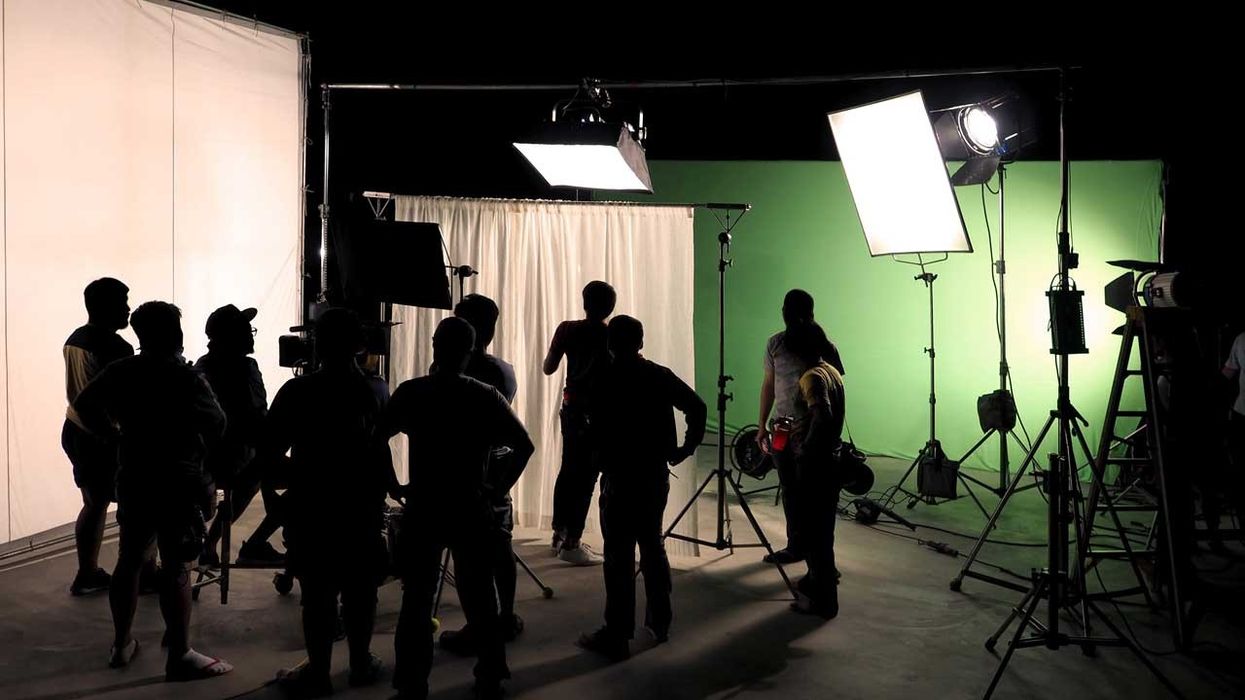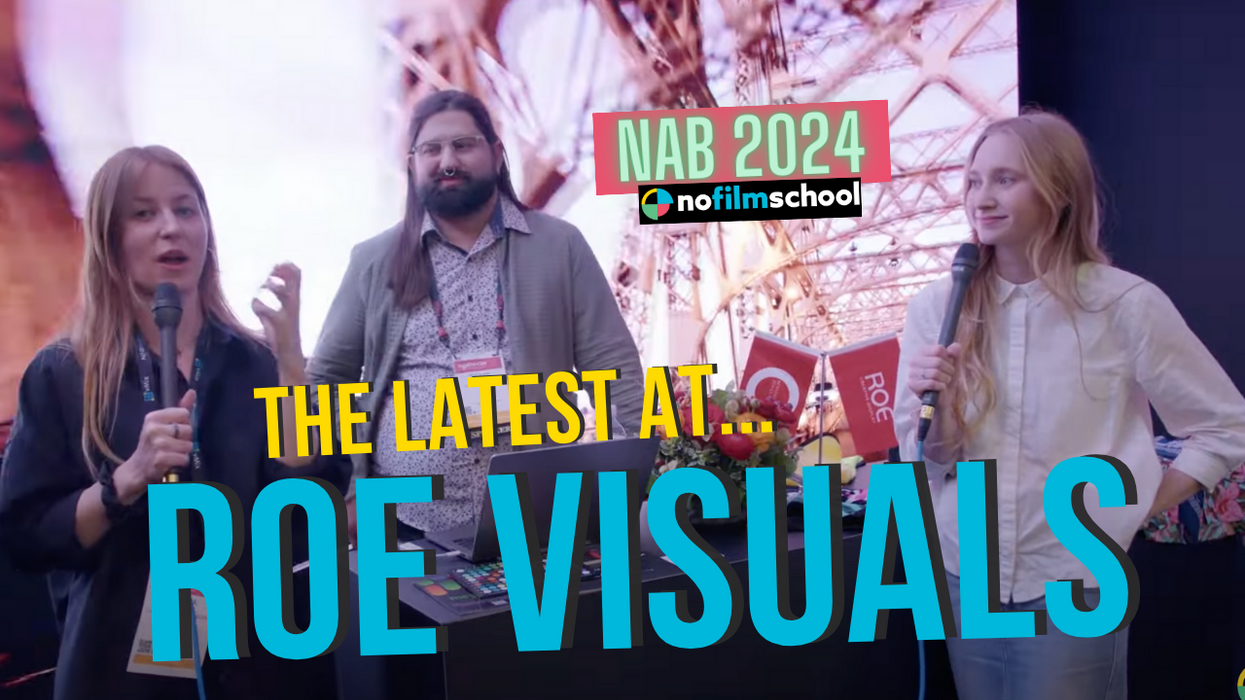Household Lighting Hacks Any Content Creator Can Afford
Improve the quality of your image using these helpful lighting tips.

When it comes to production, the lighting and grip departments make some of the most ingenious DIY hacks out there. It's one of the many reasons why it's a good idea to have an experienced gaffer on set. (Not sure what a gaffer is? We have your back.)
While we talk a lot about camera technology and technique at No Film School, an image really starts to take shape with lighting. Good lighting can add texture and mood to a scene without getting in the way of the story. With just a few changes, it can make your subject look menacing, terrified, or charismatic. It can add pop, color, or pull the viewers' eyes in another direction.
Lighting is the essential building block behind the visual grammar of your project, and knowing how to harness it will allow you to become a better content creator and filmmaker.
The drawback to lighting fixtures is that they can be darn right expensive. It's why Sidney Diongzon has come up with some helpful lighting hacks that anyone can afford. Check them out.
Use aluminum foil for bounce
While Sidney's tricks are geared towards photographers, they can easily be used for moving images. One of the most used techniques on set is to bounce light from a single (or multiple) source onto a subject or scene. By bouncing the light, it can not only fill the face of the subject, but depending on the type of material you use, it can soften the appearance, fill shadows, or add a warm glow.
While 5-in-1 portable reflectors can cost as little as $12, sometimes their shape isn't ideal. That's where aluminum foil can come in to add fill to the frame. In Sidney's example he places a sheet of foil inside a book to give it a glow-like appearance. The results look great.
Keep in mind depending on the light source you're using, aluminum foil has two sides, a dull and shiny side. You can flip the aluminum foil to one side or another depending on how much fill you need.
Use an old t-shirt to diffuse light
Everyone has seen harsh top lighting. It's when the forehead of your talent looks like the sun has landed on it. It's not a very good look. To help diffuse some of the harshness, you can try to use an old white t-shirt. To do so you'll want to position the t-shirt in front of the practical light on a separate stand, especially if you're using light sources that generate heat. You don't want to start any fires.
By placing the t-shirt in front of the light, you're softening the light source as it passes through the shirt. As the light scatters across the t-shirt, it becomes evenly distributed, leaving you with less sharp shadows or harsh light.
Use a shower curtain to diffuse light
If you're a fan of keeping clean you probably have a shower in your place. Most shower curtains can become a perfect diffusion source for larger lighting setups. The idea here is similar to the t-shirt method, but using a shower curtain instead.
In Sydney's setup he used an Aputure 120d to bounce light off a wall (door) and then used the shower curtain placed on a C-stand as diffusion to smooth out the lighting source. Pretty clever idea. By doing so, the spotlight source from the 120d wraps around his face evenly without any harsh shadows on his face.
To use this method you're going to want a shower curtain that's white as opposed to clear, as it will not do the trick. You can also use a shower curtain to diffuse the sun for exterior or interior work. It can come in handy for those larger windows or setups.
Related Topics
- Turn any Lamp into a practical LED
- Create DIY blacklights without bulbs
- 5 Clever Smartphone Lighting Tricks
- Create Cinematic Lights without Household Lights
Have any helpful lighting tips? Share them in the comments below.
Source: Sidney Diongzon












